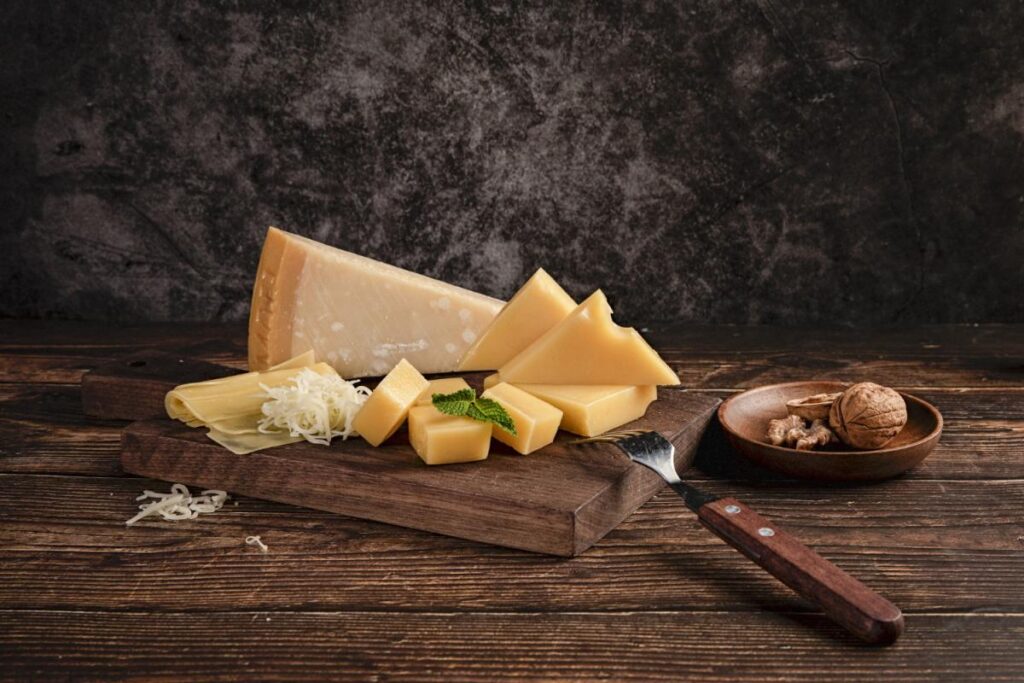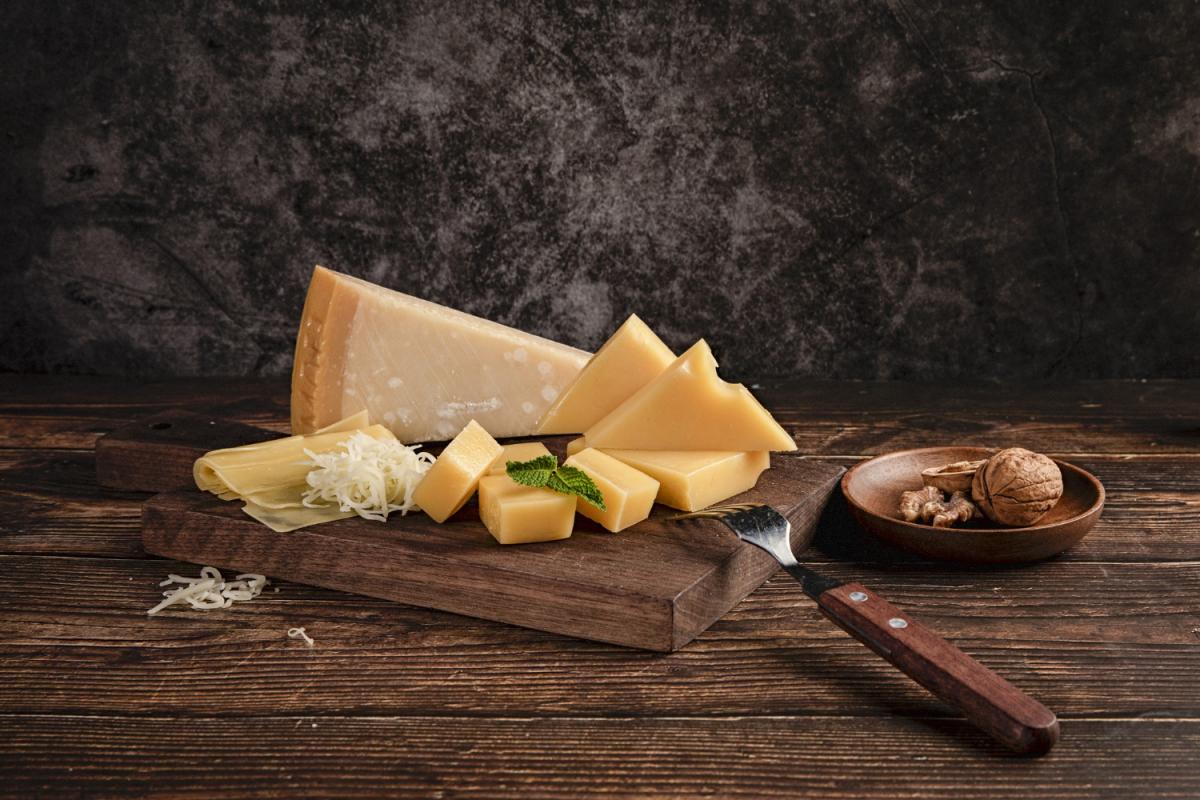When it comes to entertaining guests or simply indulging in a delicious snack, a well-crafted cheese board can be a true masterpiece.
The combination of different cheeses, accompaniments, and presentation can elevate any gathering or meal.
In this comprehensive guide, we will explore the art of creating the perfect cheese board, from selecting the right cheeses to arranging them in an enticing manner.
1. Choosing the Cheeses
The foundation of any cheese board lies in the selection of cheeses.
It is important to choose a variety of flavors, textures, and types to cater to different palates.
Here are some key considerations:
- Flavor: Aim for a balance of mild, medium, and strong flavors. This can be achieved by including cheeses such as Brie, Gouda, and Blue Cheese.
- Texture: Incorporate a mix of soft, semi-soft, and hard cheeses. This can include options like Camembert, Cheddar, and Parmesan.
- Type: Explore different types of cheese, such as cow’s milk, goat’s milk, and sheep’s milk. This adds diversity and allows guests to experience a range of flavors.
Remember to consider any dietary restrictions or preferences of your guests when selecting cheeses.
2. Pairing with Accompaniments
While cheese is the star of the show, pairing it with the right accompaniments can enhance the overall experience.
Here are some popular accompaniments to consider:
- Fruits: Fresh fruits like grapes, figs, and sliced apples provide a refreshing contrast to the richness of cheese.
- Nuts: Toasted almonds, walnuts, or pecans add a delightful crunch and complement the flavors of cheese.
- Crackers and Bread: Choose a variety of crackers and bread, such as baguette slices or water crackers, to provide a neutral base for the cheese.
- Spreads and Jams: Sweet or savory spreads like honey, chutney, or mustard can add an extra layer of flavor to the cheese board.
Experiment with different combinations to find the perfect balance of flavors and textures.
3. Arranging the Cheese Board
The presentation of a cheese board is just as important as the selection of cheeses and accompaniments.
Follow these tips to create an enticing arrangement:
- Start with a Large Board: Choose a large wooden or marble board that provides enough space for all the components.
- Separate Cheeses: Place each cheese on the board with enough space between them to prevent flavors from blending together.
- Label the Cheeses: Use small signs or labels to identify each cheese. This helps guests navigate the board and learn about the different varieties.
- Arrange Accompaniments: Scatter the fruits, nuts, crackers, and spreads around the cheeses, creating an inviting and visually appealing display.
- Consider Colors and Textures: Incorporate a variety of colors and textures to make the cheese board visually appealing. For example, pair a creamy Brie with vibrant red grapes.
Remember to periodically replenish the board as guests enjoy the cheese and accompaniments.
4. Serving and Pairing
Now that your cheese board is ready, it’s time to serve and pair it with the right beverages.
Here are some suggestions:
- Wine: Wine and cheese are a classic pairing. Consider serving a variety of wines, such as a crisp Sauvignon Blanc, a fruity Pinot Noir, or a robust Cabernet Sauvignon.
- Beer: Beer can also complement cheese well. Opt for craft beers with different flavor profiles, such as a hoppy IPA or a malty Stout.
- Cocktails: Get creative with cocktails that pair well with cheese. For example, a gin and tonic with a slice of lemon can be a refreshing choice.
- Non-Alcoholic Options: Don’t forget to offer non-alcoholic options like sparkling water, iced tea, or fruit-infused beverages for those who prefer not to drink alcohol.
Encourage guests to experiment with different combinations and discover their own favorite pairings.
5. Storing and Leftovers
Proper storage of cheese is essential to maintain its quality and flavor.
Here are some tips for storing and handling leftovers:
- Refrigeration: Wrap leftover cheese tightly in wax paper or plastic wrap and store it in the refrigerator. Different cheeses have different shelf lives, so consume them within their recommended timeframes.
- Separate Strong Flavors: Strong-smelling cheeses like Blue Cheese should be stored separately to avoid their flavors from transferring to other cheeses.
- Reuse Leftovers: Leftover cheese can be repurposed in various dishes, such as pasta, salads, or sandwiches. Get creative and experiment with new recipes.
Mastering the Art of Cheese Boards
Creating a stunning cheese board is an art that requires careful selection, thoughtful pairing, and an eye for presentation.
Get the news first!
By choosing a variety of cheeses, pairing them with complementary accompaniments, and arranging them in an enticing manner, you can create a cheese board that is not only visually appealing but also a delight for the taste buds.
Remember to serve and pair the cheese board with the right beverages, store any leftovers properly, and get creative with repurposing them in other dishes.
With these tips and techniques, you can master the art of cheese boards and impress your guests with a truly memorable culinary experience.

Make Cheese!
